RECENTLY VISITED

Spinning in the 1950s
Spinning in the 1950s
Spinning is the process to make cotton yarns with cotton as the raw material. Weavers and knitters use cotton yarns to produce greige fabrics for the making of clothes.
Manufacturing processes of spinning 1
Bales of raw cotton, each weighing about 500 lbs, are highly compressed to a density of 20 to 30 lbs per cubic foot. Bales differ in quality and it is therefore necessary to blend or mix cotton from several bales at a time.
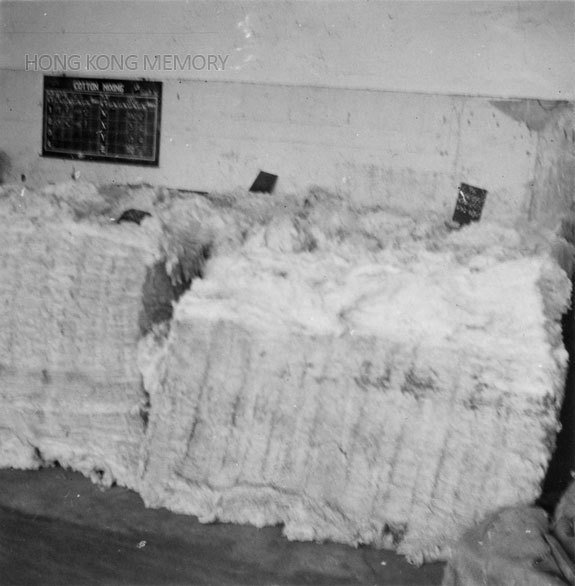
Manufacturing processes of spinning 2
Bales are fed into the opening machines which loosen the cotton and remove the dirt.
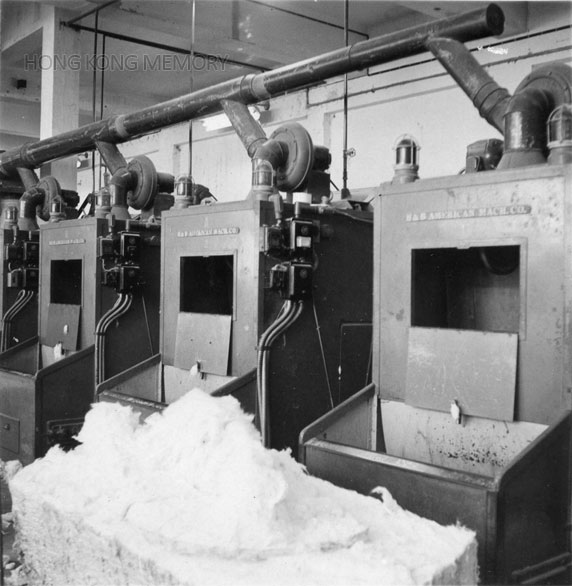
Manufacturing processes of spinning 3
The cotton has to go through a series of blowing machines, namely blending feeder, cage delivery, vertical opener, hopper opener, hopper feeder, shirley opener and finishing scultcher. All the machines are connected by large pipes which give a continuous operation.
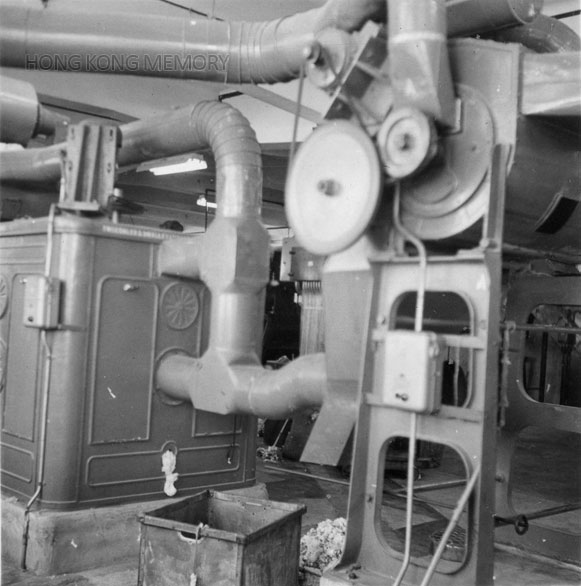
Manufacturing processes of spinning 4
Having pass through the series of operation, the cotton is rolled up into cylindrical bales, each weighing about 42 lbs.
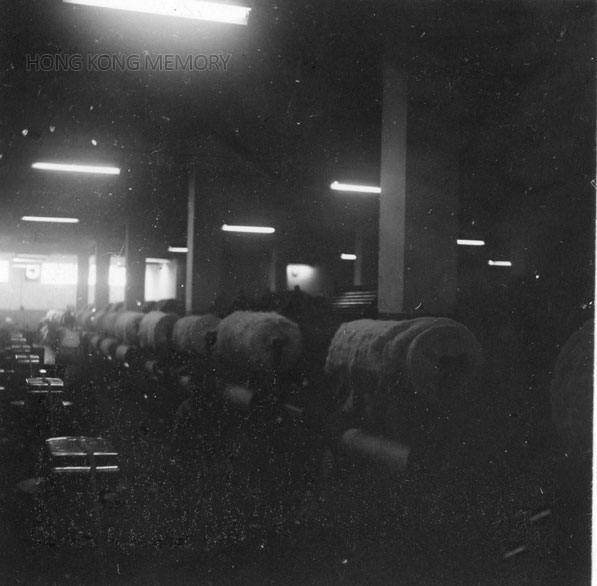
Manufacturing processes of spinning 5
The bobbins are then transferred to the spinning machines which twist and draw the cotton into the required thickness by passing through several pairs of rollers moving at different speed, like the drawing frame.
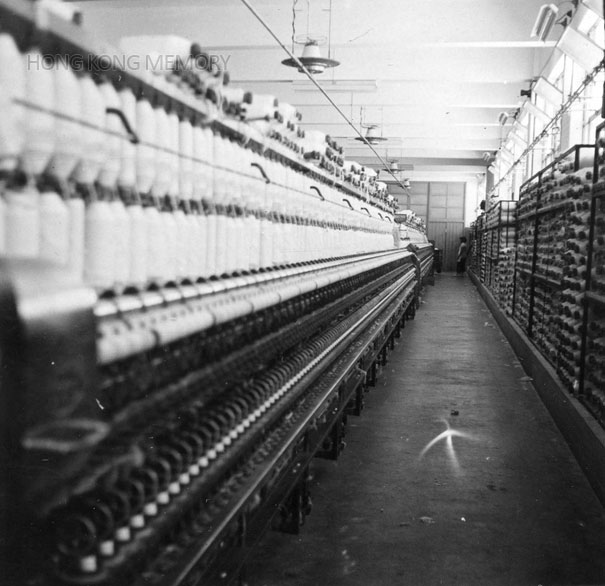
Manufacturing processes of spinning 6
The spindles revolve about 12,000 times per minute. The cotton thread receives its final character of fineness, hardness and strength and becomes yarn, wound on a reel.
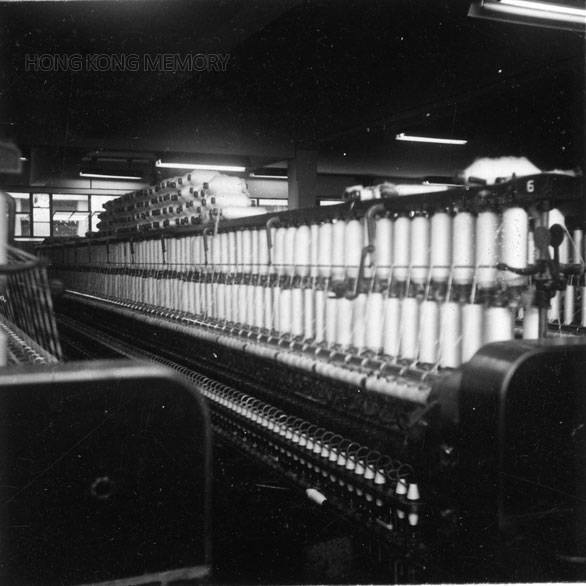
Manufacturing processes of spinning 7
The reels of cotton yarn are transferred to the winding machine to be wound into large cones of yarn, each weighing about 4 pounds.
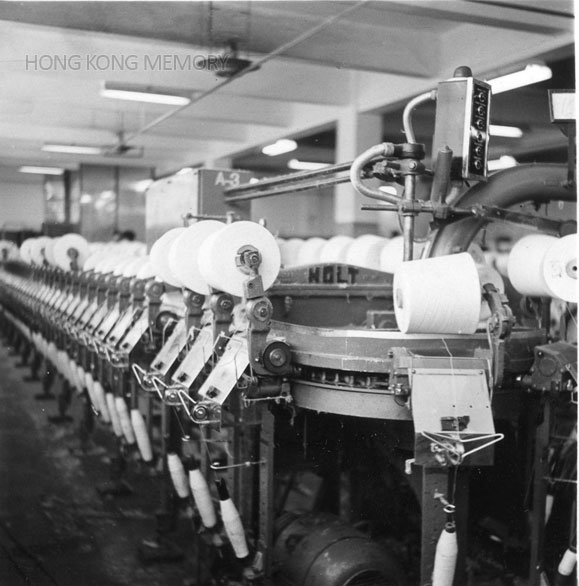
Spinning in the 1950s
Spinning in the 1950s
Spinning is the process to make cotton yarns with cotton as the raw material. Weavers and knitters use cotton yarns to produce greige fabrics for the making of clothes.
Manufacturing processes of spinning 1
Bales of raw cotton, each weighing about 500 lbs, are highly compressed to a density of 20 to 30 lbs per cubic foot. Bales differ in quality and it is therefore necessary to blend or mix cotton from several bales at a time.

Manufacturing processes of spinning 2
Bales are fed into the opening machines which loosen the cotton and remove the dirt.

Manufacturing processes of spinning 3
The cotton has to go through a series of blowing machines, namely blending feeder, cage delivery, vertical opener, hopper opener, hopper feeder, shirley opener and finishing scultcher. All the machines are connected by large pipes which give a continuous operation.

Manufacturing processes of spinning 4
Having pass through the series of operation, the cotton is rolled up into cylindrical bales, each weighing about 42 lbs.

Manufacturing processes of spinning 5
The bobbins are then transferred to the spinning machines which twist and draw the cotton into the required thickness by passing through several pairs of rollers moving at different speed, like the drawing frame.

Manufacturing processes of spinning 6
The spindles revolve about 12,000 times per minute. The cotton thread receives its final character of fineness, hardness and strength and becomes yarn, wound on a reel.

Manufacturing processes of spinning 7
The reels of cotton yarn are transferred to the winding machine to be wound into large cones of yarn, each weighing about 4 pounds.















